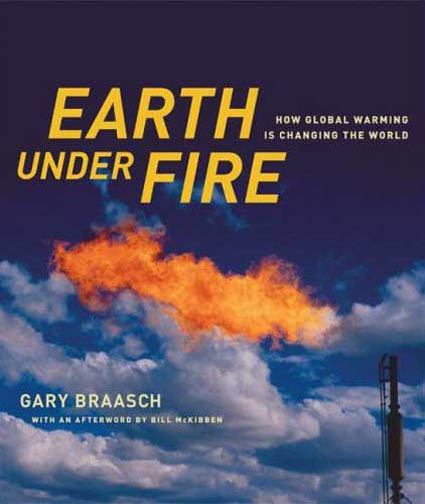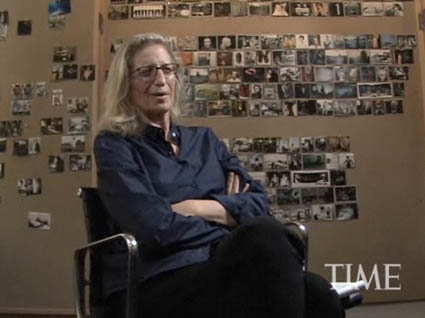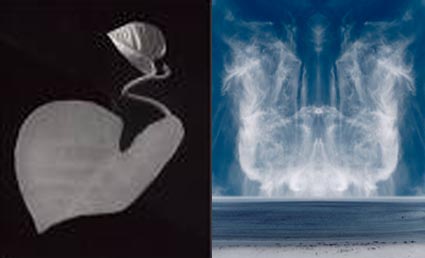Gary Braasch – Earth Under Fire

Gary Braasch has photographed climate change more extensively than any other photographer. His book Earth Under Fire is a definitive work on the subject.
Find out about Gary Braasch here.
Find out about Earth Under Fire here.
Gary and I have been talking at length on many subjects. Here’s the first installment of our conversations.
John Paul Caponigro
Tell me about climate change. And tell me about your book – Earth Under Fire.
Gary Braasch
In June 1997 I was stuck in a cold tent on the Alaska tundra with fellow nature photographer Gerry Ellis. We had come to photograph caribou and other tundra animals, but for these weeks, anyway, we saw very little. But while we read our books in the tent and talked of life and photography, we also chatted about the major issues in nature and conservation. What were we going to do in coming years: what locations, what species, what issues were going to be the most important to photograph?. And also, who was going to hire, publish and pay us for this? Read More







 Acclaimed wildlife photographer Moose Peterson speaks in this in depth conversation.
Acclaimed wildlife photographer Moose Peterson speaks in this in depth conversation.